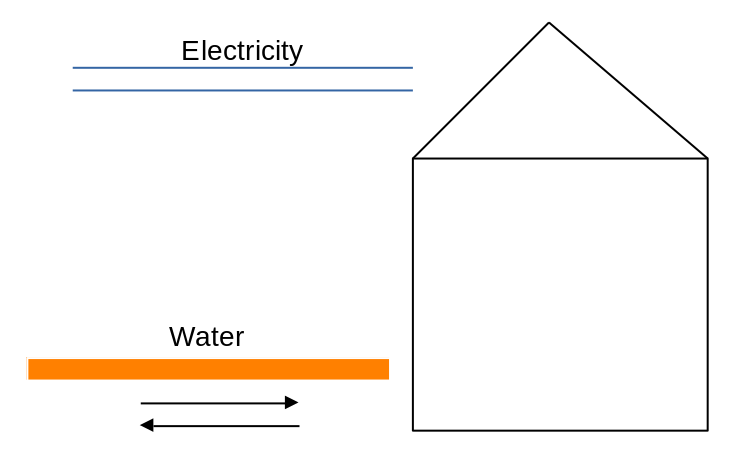this post was submitted on 17 Aug 2024
27 points (82.9% liked)
Space
8687 readers
10 users here now
Share & discuss informative content on: Astrophysics, Cosmology, Space Exploration, Planetary Science and Astrobiology.
Rules
- Be respectful and inclusive.
- No harassment, hate speech, or trolling.
- Engage in constructive discussions.
- Share relevant content.
- Follow guidelines and moderators' instructions.
- Use appropriate language and tone.
- Report violations.
- Foster a continuous learning environment.
Picture of the Day
 The Busy Center of the Lagoon Nebula
The Busy Center of the Lagoon Nebula
Related Communities
🔭 Science
- [email protected]
- [email protected]
- [email protected]
- [email protected]
- [email protected]
- [email protected]
- [email protected]
- [email protected]
- [email protected]
🚀 Engineering
🌌 Art and Photography
Other Cool Links
founded 1 year ago
MODERATORS
you are viewing a single comment's thread
view the rest of the comments
view the rest of the comments


Yeah, I guess. I've read on Wikipedia that a year on Mars gives a human 200 mSv of radiation. While the limit for US radiation workers is 50 mSv a year. So that's 4x the allowed dosis.
Still, I wonder how much that can be alleviated by metal shielding. A spaceship's outer walls are 5mm solid steel, and I've read somewhere that most of the radiation is particle radiation (not electromagnetic radiation), so that can be stopped with solid steel quite well. Unfortunately, I don't have any actual numbers, though.
Edit: Source
Edit:
Apparently I was wrong. It's not just particle radiation, it's actual electromagnetic radiation. Which is much more difficult to deal with.
How do they currently do it on space stations?
the current attempt seems to be that ISS is low enough to be protected by earth's magnetic shield (which, as I understand it, only protects against particle radiation, not EM radiation). So that would stop most radiation from hitting the ISS and astronauts. So the radiation dose is a bit lower than in true (even-farther-out) outer space, and then pray for the best, basically.
Edit: Ok, now I'm thoroughly confused. Multiple sources contradict one another about what kind of radiation is actually most prevalent in outer space. Most say it's particle radiation (which would be easy to protect against), but some say it's electromagnetic radiation, which would be way more problematic.